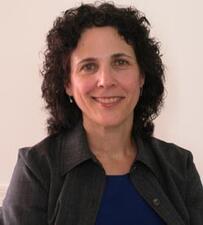Education
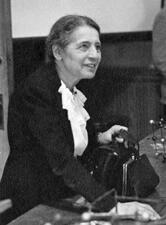
Lise Meitner
Lise Meitner’s influential work concerning radioactivity in the early 20th century made her a target of the Nazis. She fled to Sweden in 1938, and it was there that she discovered the power of the fission reaction. Even though Meitner never worked on nuclear weapons, her 1939 research was essential in the research of nuclear power.
Deborah Marcus Melamed
Deborah Marcus Melamed encouraged Jewish women to form their own relationship with Jewish practice through her 1927 book The Three Pillars, an interpretive guide to rituals and customs. Melamed also served as vice president of the Women’s League for Conservative Judaism from 1920 to 1930 or 1932.
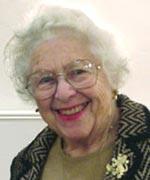
Florence Zacks Melton
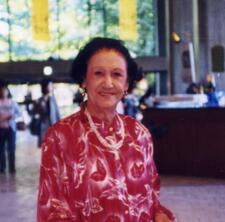
Sulamif Messerer
Sulamif Messerer was an influential ballerina who taught a generation of dancers globally. After swimming in the 1928 Soviet Olympiada, she became a prima ballerina in the Bolshoi Ballet Company. She had a long dance career and then became a renowned teacher in Russia, Japan, New York, and London.
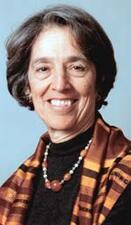
Ruth Messinger
Following successive careers as a New York City politician president and director of a major Jewish organization, Ruth Messinger has become nothing less than an icon of American Jewish progressive leadership. She became Manhattan borough president in 1990. After losing the 1997 mayor’s election to Rudolph Giuliani, she became the president and CEO of the American Jewish World Service, a position she held from 1998 to 2017.
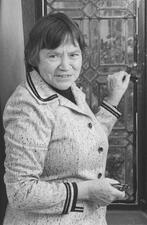
Dorothee Metlitzki
The work of multilingual historian Dorothee Metlitzki showed the importance of Arab contributions to Western thought and the progression of ideas across the entire expanse of the medieval world. Reflecting her academic pursuits, she lived all over Europe, the United States, and the Middle East, learning, teaching, and spreading ideas.
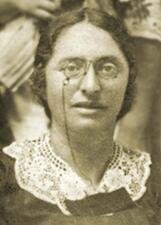
Fania Metman-Cohen
Fania Metman-Cohen set up the first Hebrew kindergarten in Odessa in 1899. In 1905, she and her husband helped establish Palestine’s first Hebrew high school in Jaffa – the Herzilya Gymnasia. Metman-Cohen was also a key figure in the Union of Hebrew Women for Equal Rights in Erez Israel.
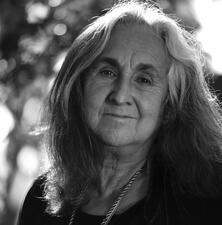
Deena Metzger
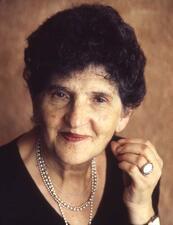
Mexico
Mexico: Education

Annie Nathan Meyer
Annie Nathan Meyer promoted women’s higher education and founded Barnard College, New York’s first liberal arts college for women. She also chronicled women’s work, dramatized women’s status in plays, novels, and short stories, and raised funds for Jewish and black students to attend Barnard.
Midrash and Aggadah: Introduction and Sources
Linda Rosenberg Miller
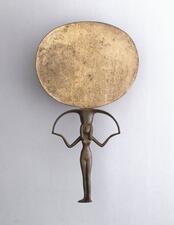
Ministering Women and Their Mirrors
Women who ministered at the entrance of the Tabernacle gathered around to donate their copper mirrors (Exodus 38:8), which were then smelted down to make the basin where the priests would wash before entering the sanctuary. The women may have served as guards, warding off evil with their mirrors. Midrash, however, conjectures that the women used these mirrors to seduce their husbands in Egypt, raising up the hosts of Israelites.
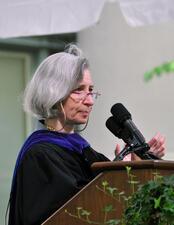
Martha Minow
Marion Simon Misch
Marion Misch participated in a great number of volunteer activities through her lifetime, all the while running a successful business following the death of her husband. Her primary interests centered on education and Judaism, and her volunteerism reflected her concern for these issues.
Mizrahi Feminism in Israel
Mizrahi feminism goes beyond the typical western scope of feminism to include the history and issues that concern women in the Middle East in Israel and in Arab and Muslim countries. An intersectional feminism, it is particularly sensitive to issues of race, class division, immigration, and ethnic discrimination.
Ellen Moers
Ellen Moers’ Literary Women (1976), the third and last book of her career, is a benchmark of feminist criticism. While early critics attacked Literary Women for its exclusive focus on women writers, her analysis of Mary Shelley and other women writers reshaped our understanding of their work.
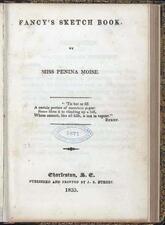
Penina Moïse
A Jewish-American poet, nurse, journalist, and educator, Penina Moïse was born in Charleston, South Carolina, in 1797. Penina Moïse, a staunch supporter of the Confederacy, shaped American-Jewish culture through her poetry as the first woman poet included in an American prayer book.

Kadya Molodowsky
Kadya Molodowsky was a major figure in the Yiddish literary scene in Warsaw (from the 1920s through 1935) and in New York (from 1935 until her death in 1975). She published extensively in many genres, including poetry, fiction, drama, and essays, and founded and edited two journals. Recurrent themes in her work include the lives of Jewish women and girls Jewish tradition in the face of modernity, Israel, and the Holocaust.
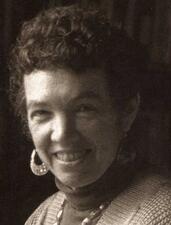
Deborah Dash Moore
Deborah Dash Moore is a leading scholar of American Jewish history. Her influential work has focused on both urban and visual Jewish history in locales from New York to Miami to Los Angeles. A prolific interpreter of Jewish and American culture, Moore has played a key role in making American Jewish history a recognized subfield in the academy.
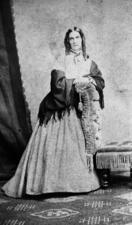
Emma Mordecai
Emma Mordecai (1812-1906) navigated direct challenges to her Jewish faith and to her southern ideals by remaining loyal to both. She responded to the Civil War, which stirred antisemitism in the South and especially threatened Richmonders, with renewed commitments to Judaism and to the racist ideals of the Confederacy.
Rosa Mordecai
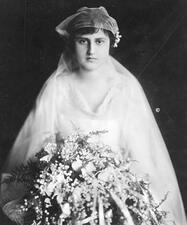
Elinor Morgenthau
Elinor Morgenthau’s accomplishments were largely invisible, as she helped her husband, Henry Morgenthau, Jr., rise to great heights in Franklin Delano Roosevelt’s administration. Because of her sharp political and social skills, she often filled in for her husband, and eventually she became Eleanor Roosevelt’s assistant in the Office of Civilian Defense.
